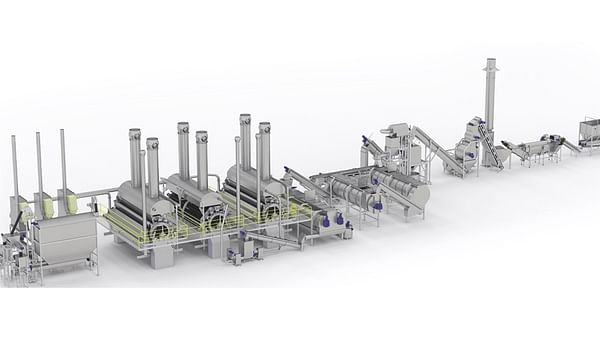Despite below-average yields in many States, a 7-percent increase in harvested area boosted U.S. production of fall potatoes to an estimated 387.4 million hundredweight (cwt), 6 percent above last year’s small crop but slightly below the average for 2006-10 of 388.9 million cwt. This information is included in a Dec 15 report issued by the Economic Research Service (ERS) of the USDA.
According to the report, cool spring weather in Northern States and wet conditions during harvest in the Northeast and Upper Midwest held the U.S. average yield to 412 cwt per acre, 1 percent below both 2010 and the average for the previous 5 years.
Gains in harvested area and yields pushed production up in many Western States, which generally account for about 70 percent of the fall crop.
In the Pacific Northwest, larger harvested area — mainly due to increased contracted production by processors — and higher yields led to a 12-percent rise in production.
Initial yield estimates in Idaho, 398 per cwt, and Oregon, 585 per cwt, are the second-highest on record for each State.
In the Central States, which accounted for 21 percent of the crop, tonnage is expected to be 5 percent smaller than 2010. Yields across the region were at or below last year’s levels, with an average 6 percent decline.
The ERS report points out that weather plagued fall potatoes in the Northeast during the entire growing season. In Maine, persistent wet weather slowed planting, washed out fields, and delayed harvest. Moreover, given the quality of the potatoes, shrink and loss may be greater than usual, further reducing the State’s supply over the next few months.









